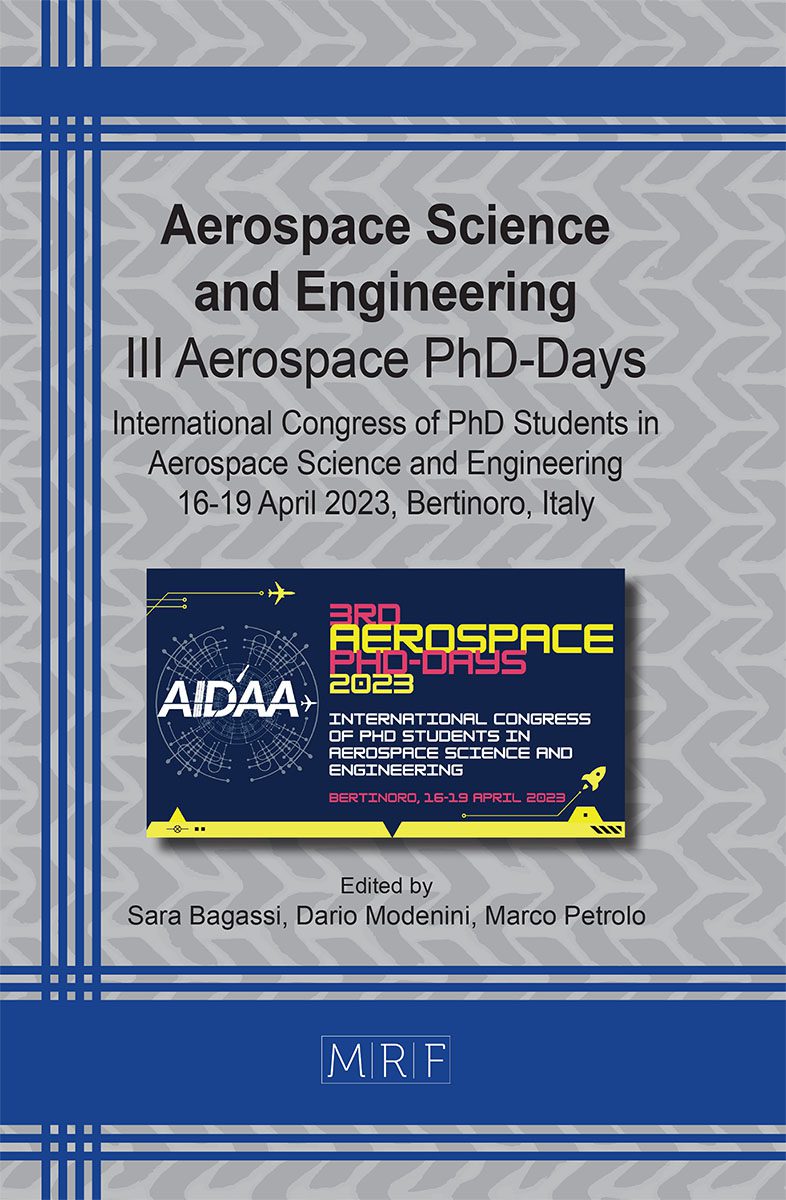Towards a CO2 emission standard for supersonic transport: A Mach 2 concept case study
Oscar Gori
download PDFAbstract. This paper reports the work performed in the field of the H2020 MORE&LESS Project to contribute to shaping global environmental regulations for supersonic aviation. The existing CO2 emission standard, which is defined for subsonic aircraft, is analyzed. However, the applicability of this standard to supersonic concepts needs to be assessed. A case study of a Mach 2 concept, based on the Concorde configuration, is considered to explore modifications needed for the CO2 metric value calculation. The results provide insights into the CO2 metric value for a supersonic aircraft and its comparison with subsonic aircraft limits.
Keywords
Supersonic Aircraft, Environmental Sustainability, CO2 Emissions Standards
Published online 9/1/2023, 6 pages
Copyright © 2023 by the author(s)
Published under license by Materials Research Forum LLC., Millersville PA, USA
Citation: Oscar Gori, Towards a CO2 emission standard for supersonic transport: A Mach 2 concept case study, Materials Research Proceedings, Vol. 33, pp 382-387, 2023
DOI: https://doi.org/10.21741/9781644902677-56
The article was published as article 56 of the book Aerospace Science and Engineering
![]() Content from this work may be used under the terms of the Creative Commons Attribution 3.0 license. Any further distribution of this work must maintain attribution to the author(s) and the title of the work, journal citation and DOI.
Content from this work may be used under the terms of the Creative Commons Attribution 3.0 license. Any further distribution of this work must maintain attribution to the author(s) and the title of the work, journal citation and DOI.
References
[1] “MDO and REgulations for Low-boom and Environmentally Sustainable Supersonic aviation (MORE&LESS Project),” [Online]. Available: https://cordis.europa.eu/project/id/101006856. [Accessed 07 03 2023].
[2] “ICAO Annex 16 Vol III”.
[3] “ICAO AIRCRAFT CO2 EMISSIONS STANDARD,” [Online]. Available: https://www.icao.int/environmental-protection/Documents/CO2%20Metric%20System%20-%20Information%20Sheet.pdf. [Accessed 07 03 2023].
[4] O. Gori, “Simplified models for the preliminary aerodynamic characterization of high-speed vehicles to support mission analysis,” in 33rd Congress of the International Council of the Aeronautical Sciences, Stockholm, Sweden, 2022.












